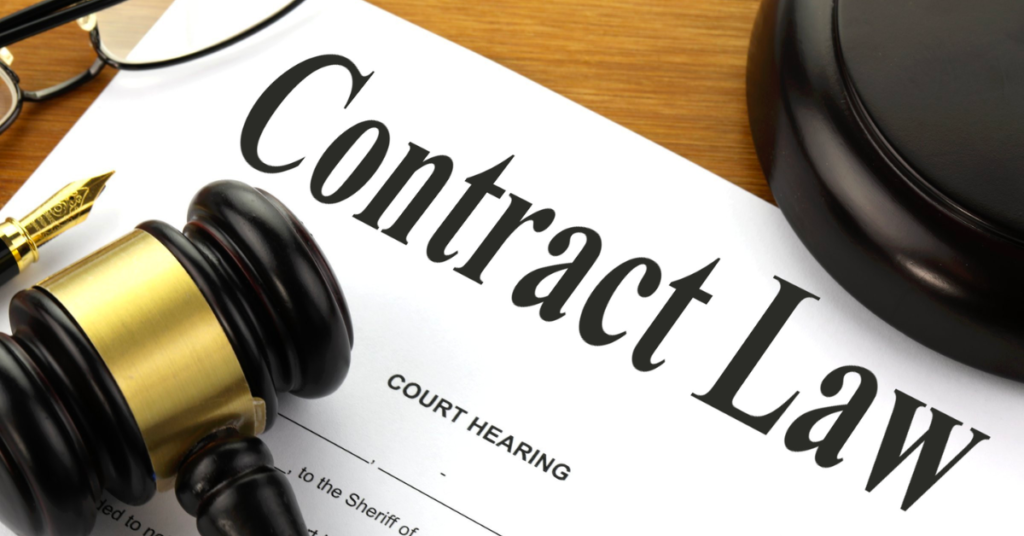In the fast-paced world of business, mergers and acquisitions (M&A) have become strategic maneuvers for growth, synergy, and market dominance. However, amidst the excitement of M&A, it is essential to recognize the intricate legal landscape that accompanies these transactions. In this comprehensive guide, we will delve into the legal essentials for successful mergers and acquisitions, shedding light on key considerations and best practices.
- Initiating the Process: Due Diligence and Confidentiality Agreements
Before the ink dries on any M&A deal, a thorough due diligence process is imperative. This involves a meticulous examination of the target company’s financials, operations, contracts, intellectual property, and legal obligations. Implementing confidentiality agreements at this stage is crucial to safeguard sensitive information and maintain a competitive edge.
- Choosing the Right Structure: Asset Purchase vs. Stock Purchase
The structure of the transaction—whether it’s an asset purchase or stock purchase—has significant legal implications. Asset purchases involve acquiring specific assets and liabilities, while stock purchases involve buying the entire entity. The choice depends on factors such as tax considerations, liabilities, and desired control over assets.
- Negotiating and Drafting the Purchase Agreement
The purchase agreement is the cornerstone of any M&A deal. This legally binding document outlines the terms, conditions, and obligations of both parties. Negotiating key aspects, including purchase price, payment terms, representations, warranties, and indemnification provisions, requires a keen legal eye to ensure clarity and fairness.
- Regulatory Compliance and Antitrust Considerations
Navigating the regulatory landscape is a critical aspect of M&A transactions. Depending on the size and nature of the deal, antitrust regulations may come into play. Ensuring compliance with relevant laws and obtaining necessary approvals are vital steps in preventing legal complications down the road.
- Employee Matters: Retention, Transition, and Legal Compliance
M&A transactions often impact employees, and addressing workforce concerns is vital. Companies must strategize on retaining key talent, managing transitions, and ensuring compliance with employment laws. Open communication and transparency during this period can help minimize disruptions and legal risks.
- Addressing Intellectual Property and Contracts
Intellectual property (IP) is a valuable asset, and careful consideration is required during M&A transactions. Assessing the target company’s IP portfolio, securing necessary licenses, and ensuring compliance with existing contracts are crucial steps in protecting the acquirer’s interests and mitigating legal risks.
- Post-Closing Integration and Legal Compliance
The legal aspects of M&A extend beyond the closing date. Successful integration requires ongoing attention to legal and operational details. This includes aligning corporate governance, merging policies and procedures, and ensuring ongoing legal compliance.
Mergers and acquisitions represent a complex dance of strategy, negotiation, and execution. Navigating the legal intricacies of M&A transactions demands a meticulous approach and a deep understanding of the legal landscape. From due diligence and purchase agreements to regulatory compliance and post-closing integration, each phase requires careful consideration. By prioritizing these legal essentials, businesses can not only execute successful M&A transactions but also lay the foundation for sustained growth and profitability. M&A mania can indeed be a game-changer, provided it is orchestrated with legal finesse and strategic foresight.




